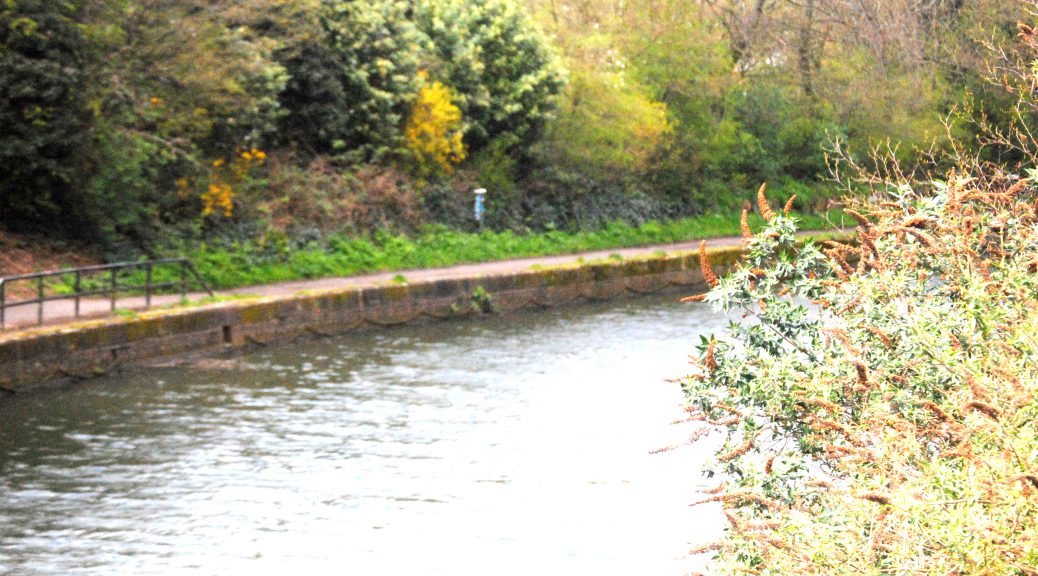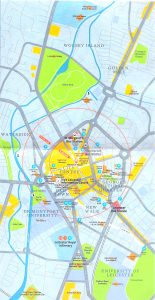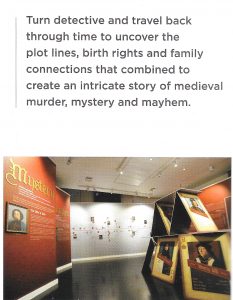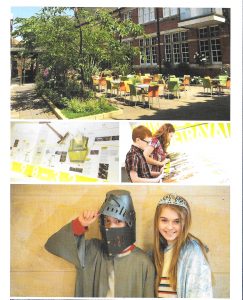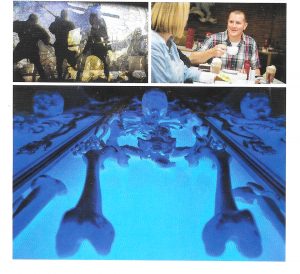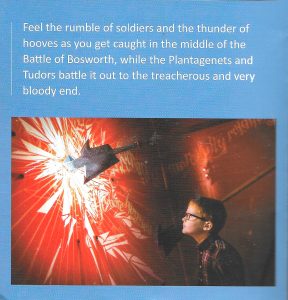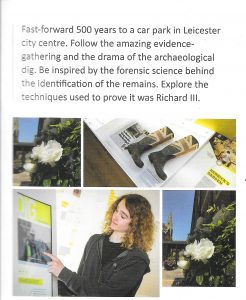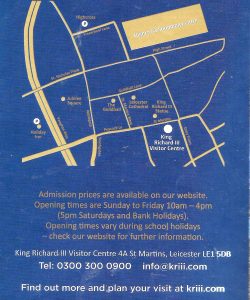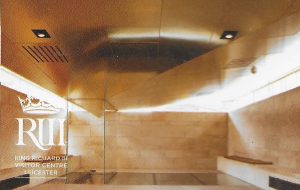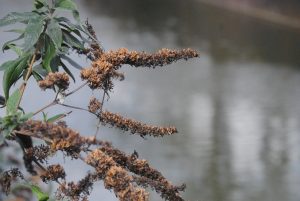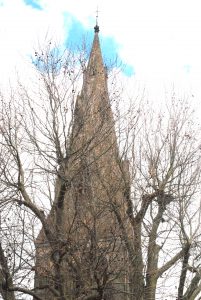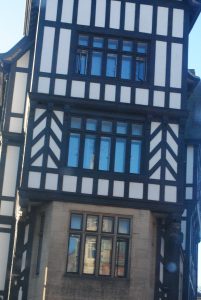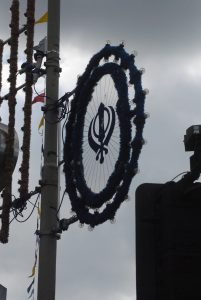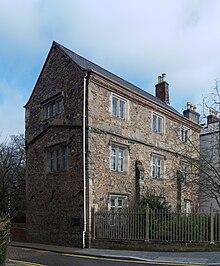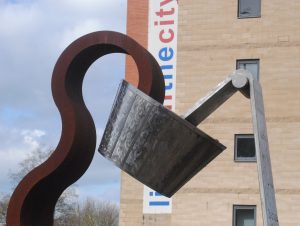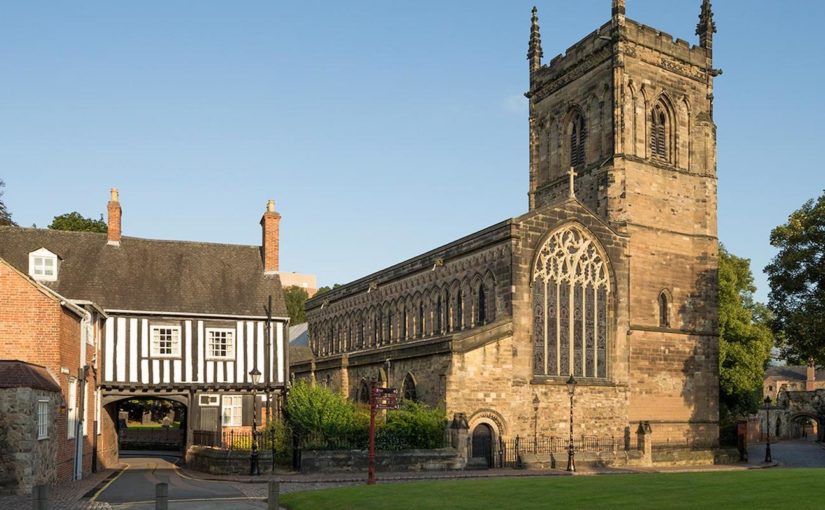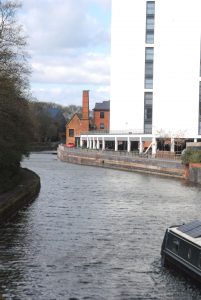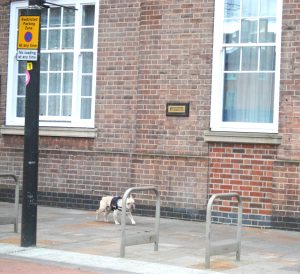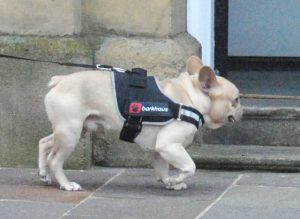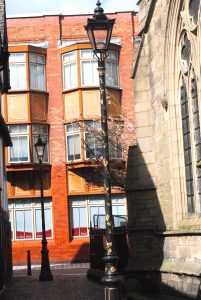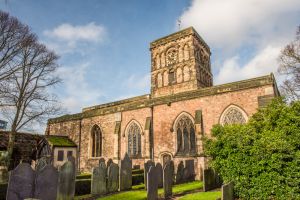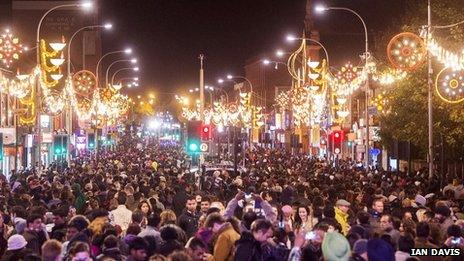See & Do
Yes I know that we did Leicester very shortly ago—-but I wanted to include everything as Leicester as it’s not a common stop on a lot of people’s schedule and, well—maybe it should be……
Are you ready to get a taste of Leicester and Leicestershire?
We will leave from
IHG Hotel
128 St. Nicholas CT
Leicester, LE1, SLX, UK
Please note that while I give you direction on this blog I very much urge you to get a map—directions on lion are wonderfu—My directions are merely there to give you a referene as to how far and how long your journey might be and ocassionally may be missing a bit though i try not to do that —I’d feel better if you go on line or get a map of your own to get about the sites.
Richard III and Leicester’s Greyfriars Church: A Historical Detective Story.
The King Richard III VIsitor Center
in Leicester is a place to learn of the life of a king as well as his death and it allows you to do so at the same site that all this was discovered in most of your life times. Yes this use to be a carpark in the center of the city which also just happened to be the site where Greyfriers Church once stood.
Head Southeast toward Nicholas CIr/A47
Turn Left onto St. Nicholas Circle/A47
Continue to follow A47
Coninue onto Peacock Ln
Wars of the Roses
]
Richard was created the Duke of Gloucester in 1481 after his brother became King Edward IV. Richard married Anne Neville, daughter of Richard Neville, 16th Earl of Warwick. Richard governed northern England during Edward’s reign, and took part in an invasion of Scotland in 1482. Edward died in April 1483 and Richard was named the protector of the realm for his Edward’s oldest son who was 12-years-old at the time: Edward V—his coranation was set for June 22, 1483, but before this could happen there was evidence that his parents were not legally married due to a betrothal with another woman which with Royals and in that period could have resulted in just that. They went on to offer the crown to his brother Richard and he was crowned on July 6, 1483 and the princes
(Edward and Richard)
were reportedly last seen sometime in or shortly after August of that same year Rumors (some say these started after Henry Tudor took the throne as Henry VII.) say
Continue onto St. Martins
There were two rebellions against Richard one by a former supporter Henry Stafford, 2nd Duke of Buckingham which was unsucceful in October 1483. A second was in 1485 and inolved Henry Tudor and his Uncle Jasper Tudor who was landed in Wales and came with a contingent of French troops and recruiting some English ones along the way. The two armies Richard’s and Henry’s met at the town of Market Bosworth–Richard was slain and Henry ascended the thone as Henry VIi.
Destination wil be on the right in 144 feet
Richard’s corpse was taken to Leicester (near by) and buried reportedly with out a ceremony—there has been speculation that there was an original tomb that was removed during the English Reformation—but I have read other accounts that believed he was put here in an poorly—if at all—marked grave to discourage those loyal to him making this a point of rememberance and possibly rebellion.
When I studied this history it was accepted that the “hated” king’s body was at some time thrown into the River Soar and lost forever.
Then in 2012,
Philippa Langley
and the
Richard III Society
Commissioned an archaeological excavation on the former Grey Friars Priory site. The University of Leicester ID’ the skelton found there as Richard III–using radiocarbon dating, Comparison w/contemporary reports of his appearance, ID of trauma reported sustained at the Battle of Boworth Field and mitochondrial DNA comparison with two matrilineal desendants of his sister Anne. He was reburied at Leicester Cathedral on March 26, 2015.
Lady in lead: Mysterious lead coffin found near the former grave of King Richard III
King Richard III Visitor Centre
Pay Homage to England’s last warrior king,, and see for yourself the very spot in the car park where King Richard III remained undiscovered for so long…..
Recommended 90 min for visit
Leicester Cathedral sits opposite the Visitor Centre
Head west on St Matins toward New Street
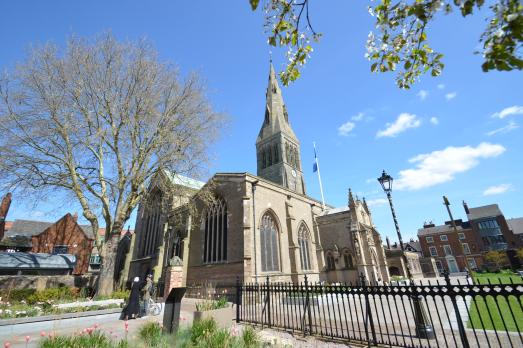
Leicester Cathedral
The church was built over Roman ruins and dedicated to St Martin of Tours. It is mentioned (statement is “It is almost certainly one of six churches referred to in the book”) in the
Domesday Book (1086) .
Portions of the building that stands before you today can be traced to a 12th century Norman church rebuilt in the 13th and 14th centuries. In the Middle Ages it’s site which is next to the Guild Hall is the reason that St. Martin’s became the city’s Civic Church with strong ties to the merchants and guilds.
Continue onto Peacock Lane
The Building we see today is mostly Victorian The tower and 200′ spire were designed and rebuilt in 1860’s by Raphael Brandon architect.
Burials found beneath Leicester Cathedral during restoration

Cathedral building is closed and the worship there has temporarily left the building until autumn 2023 so you can walk by the building but not enter it at this time—-the picture shows Richards tomb as it is today and as you would see it—-if you could go inside the cathedral–Tourism like worship is not taking place in the church at this time.
Leicester was mostly know for Walker Crisps and
Gary Lineket
Then they found a King (by the name of Richard III) in the 2010’s And there was a legendary 2018 Premier League win and hey they got Prime time status and with that came a renovated town centre with great places to go and now even I went there this spring and loved it
We’re off again — we did not do this tour as my friends suffer tiredness and letheragy (No me—I’m old but not tired) so most of the pictures are just ones I took about town-and not specifically along the walking link–I did add pictures of the places I’m telling you about—–but I wanted you to see abit more of this great town.
next stop is
The Magazine Gateway
The Magazine Gateway was built in 1410 and is one of the town main points of interest. BYW it never had doors. It was mostly for ceremonies and to impress visitors as an entrance of the Newarke District—wish we had a location like this where I live—the people who lived here in ancient times didn’t have to pay taxes!!!!!!!!!
Head west on Peacock toward Applegate
The original purpose of the gate way was to make a grand entrance into the religious collegiate precinct of Newarke. In 1330 Trinity Hospital was established by Henry, 3rd Earl of Leicaster along the south side of the castle wall. His son who was Duke of Leicester founded a collegiate Church of the Annunciation of St Mary which houses a holy relic—reportedly a thorne from Christ’s crown at his crucifixion.
Turn left onto Southgates
The Gateway was completed about 1400 . In 1967 the wall was built over by the James Went Photographs prior to this show that there remained walls up to 9′ 8″ (feet or—-3 in metres)
Turn right toward Oxford St/VaughtWy./A594
Also in the 1960’s an inner ring road scheme resulted in the Magazine being stranded inside roads running on both sides—and only reachable by an underpass for pedestrians. By 1969 it had become a museum for the Royal Leicestershire Regiment. It continued as this till 1996 when it’s location and need for repairs ended its usefulnes and the musum as moved to the Newarke House Museum.
THE MUSEUM OF THE ROYAL LEICESTERSHIRE REGIMENT
Turn left onto Oxford St/Vaughn Wy./A594
In 2007 the treatment of the Grade 1 listed Gateway was finally addressed with a filling in of the underpass which allowed the street level on the west side to be brought back to the level the Magazine set on. The road was actually shifted entirely to the east side of the gateway and the area west became an area for pedestrians and a gateway to Newarke. Which also allowed for student space as De Montfort University as well the Business and Law School are nearby .
Destination is on the right
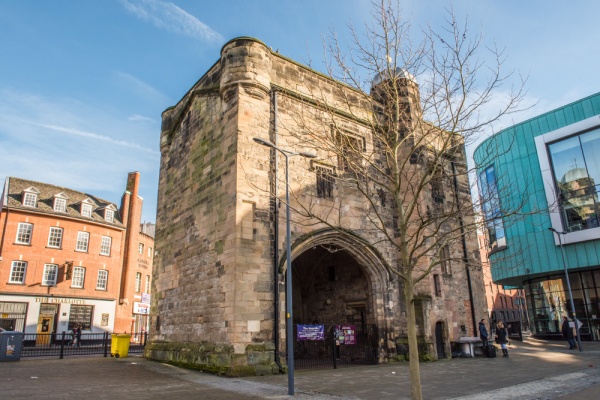
Gateway The Magazine seen from the west
Magazine Gateway: Newarke
Now we go into Newarke to see the area and visit the museum
The Newarke Houses are located next to Leicester Castle in the most historic part of the city. The two buildings are different styles and ages but together they help show us the development of the city.
Wyggeston’s Chantry House, Leicester.
Wyggeston Chantry House
was built by William Wiggston, who was mayor of Leicester in the 16th c. It was also a lodging for priest later and is the only remaining Elizabethan house that still exists in the city.
The Skeffington House
It once served as the Skeffington family home. On the first floor are exhibits that teach about the development of Leicester over the past centuries of existance.
Head southwest on Oxford St/Vaughan Wy/A594
The Newarke Houses Museum includes the museum of the Royal Leicestershire Regiment and has a range of exhibits showing post-medieval as well as contemporary Leicester and stands in the De Montfort University campus.
Inside miliatary museum
Turn right toward the Newarke
These houses were used during the
Seige of Leicester (1645)
during the
English Civil War.
The two properties were sold in 1908 and while Chantry House remained a private residence, Sheffington became a school for boys. Both were aquired and converted to the museum in 1953 as part of a celebratiion for Elizabeth II’s coronation. The first floor of each buiding represents the builidngs in the 17th c.
Changing Leicester – The story of how Leicester’s past has been revealed
Picture of museum
Turn Right toward the Newark
Among the items in the museum are various items of
Daniel Lambert
an 18th century resident of Leicester who weighted over 750 lbs. and was famous for being Britain’s largest man and remains famous in the city’s legacy, Items on display include items of his clothing and his chair.

Turn left onto the Newarke
Destination will be on the right
 |
Newarke Houses Museum
The gardens of the museum are laid out on seperate sides of the main building, which has an extension into the gardens. These are laid out to box hedges in medieval style maze patterns. It is full of Victorian planted exotic plants and trees that continue their existence to the present day. The end of the garden wall even has gun loops cut by Cromwell’s troops (Round heads) in 1645 during the Englih Civil War when the town was besieged.
and once again we move on—- This time to a church: St. Mary de Castro (St. Mary of the Castle) an ancient church near Leicester Castle. Today it is a parish church for the
Church of England‘s
Diocese of Leicester. It was founded in 1107 when Henry I took lands and castle from a rebellious owner and awarded it to Robert de Beaumont. The church was thought to be collegiate at this time—but there are other thoughts on it start–regardless the college was disbanded in 1548 by Henry VIII.
Head southwest on the Newarke toward Castle VIew
The early 12th c church underwent a major expansion in 1160 including a north aisle, doorways to the north and west–these door ways created an external Noman zigzag patern. The Normans also added to the Chanel extension which is described as the “finest piece of Norman decoration in the country” Later a huge east window of the south aisle was created around 1300.
Turn right onto Castle View
Destination will be on the right.
St Mary de Castro Church, Leicester
Church History
ST. Mary de Castro Church
After you visit the church—or if you decide not visit it:
Head west on Castle View
In 151 ft turn right
It was 1173 when
Henry II’s three eldest sons
led a rebellion against their father with support from others in the royal court including several magnates and Robert de Beaumont the 3rd Earl of Leicester. During this time Henry’s forces laid seige to the town of Liecester and burnt most of it and the castle was partially demolished and some of it’s ditches filled—this wasn’t uncommon for this King as it was found to be one of 21 (or more) castles that Henry had destroyed.
Turn Left
Take the stairs
312 Ft.
Kings of England that stayed at this castle included
Edward I
This is the King you might remember from the movie Braveheart—Nicknamed Long Shanks for his height
Edward II
This was the son of Edward I and the husband of the French Princess who eventally becomes Queen and messed around a bit with Wallace (no proof they ever really met—but you know Hollywoo) in Braveheart
John of Gaunt and His 2nd wife Constance of Castile
An important Duke who died here in 1399 and his wife in 1394
Turn left toward the Newarke
407 ft
It did eventually become a Royal residence during the reigns of Henry IV, V, and VI as well as Edward IV but by the mid 15th c it was no longer “suitable” and became a court house with sessions in the Great Hall and even ocassional sessions of Parliament—especially the Parliament of Bats (1426) when it couldn’t be held in London.
Turn RIght onto the Newarke
220 ft
Turn right onto Western Blvd
157 ft
Turn right
453 ft
The Castle Gardens
are located along the Canal Bank
Jewery Wall
This wall is believed to be a wall from the Roman baths as well as foundations that are laid out along this same wall. It is about 2,000 years old and is the second largest such wall remaining in Britain. It is reportedly the wall that once seperated the gymnasium and cold room.
Head South toward Western Blvd;
453 ft
The remains of the baths were excuvated in the 1930s and are from around 160 AD. the baths and their walls are joined by the Jewery Wall Museum (built 1960’s) contains local Roman mosaics and wall plaster. There has been no conection made between the town’s small origional Jewish population which was expelled in 1231 by Simon de Montford.
Turn right onto Western Blvd
180 Ft
Turn right
361 feet
Turn right
We will end our tour at the
Jewery Museum
Other places you may want to visit
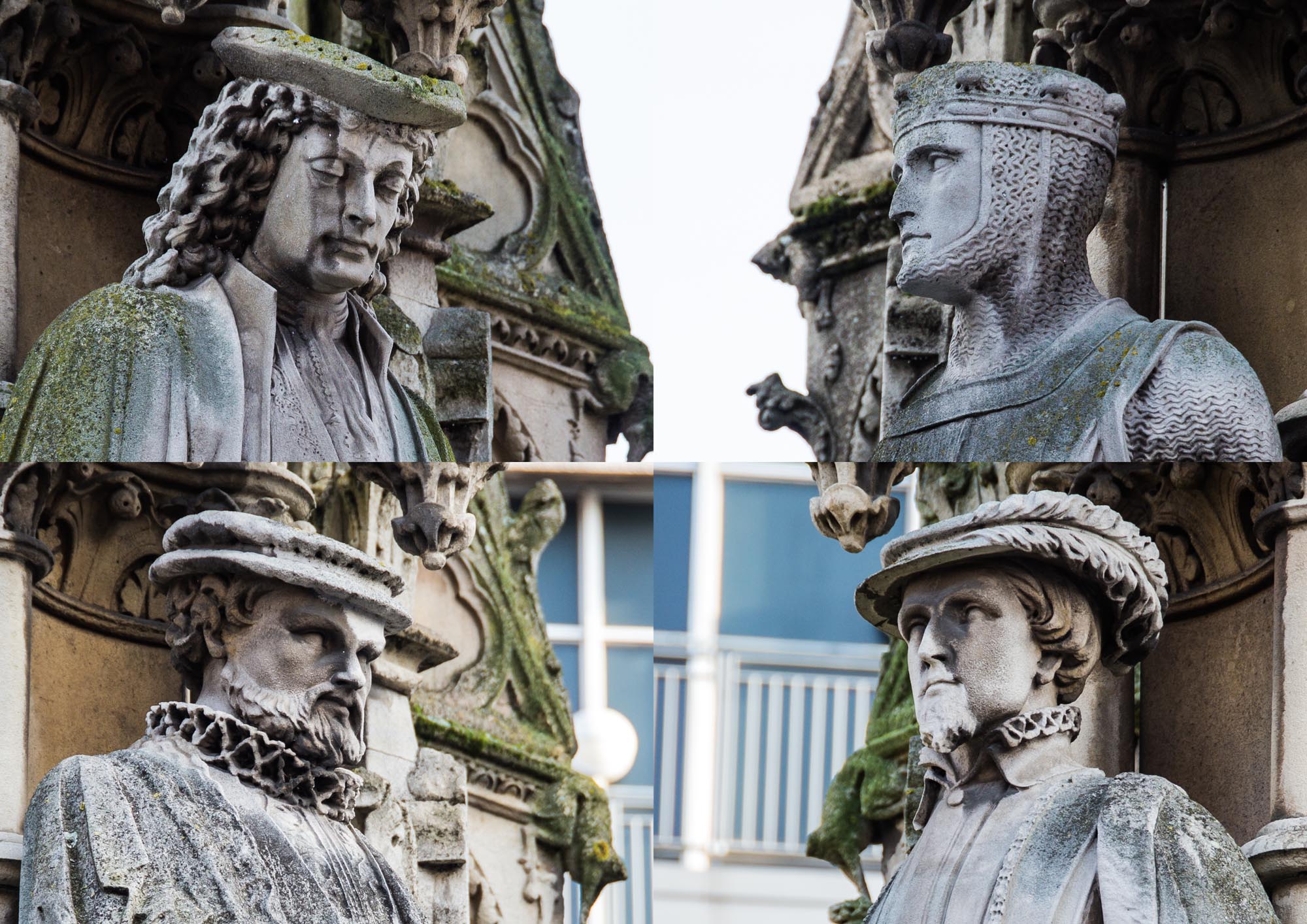
University of Leicester
the birthplace of DNA Fingerprinting
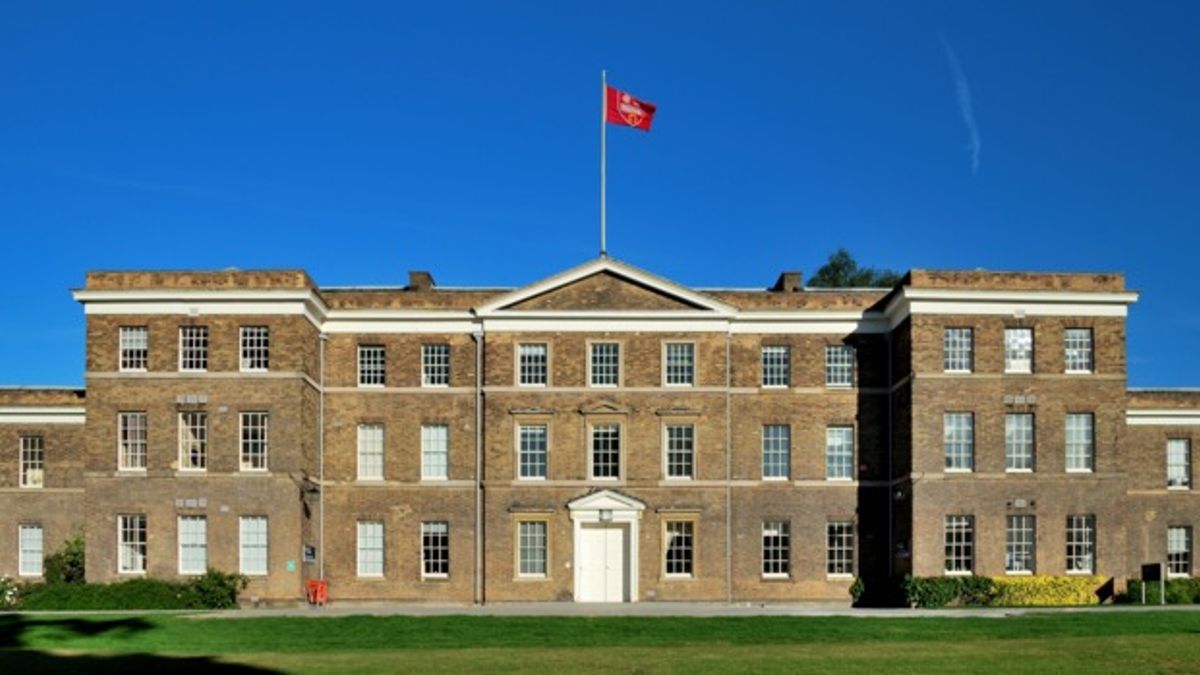
St. Nicholas Church
With a significant LGBTO worshiper population
The GuildHall
Medieval Museum and venue–reputed that Wm Shakespeare appeared here in the late 16th century.
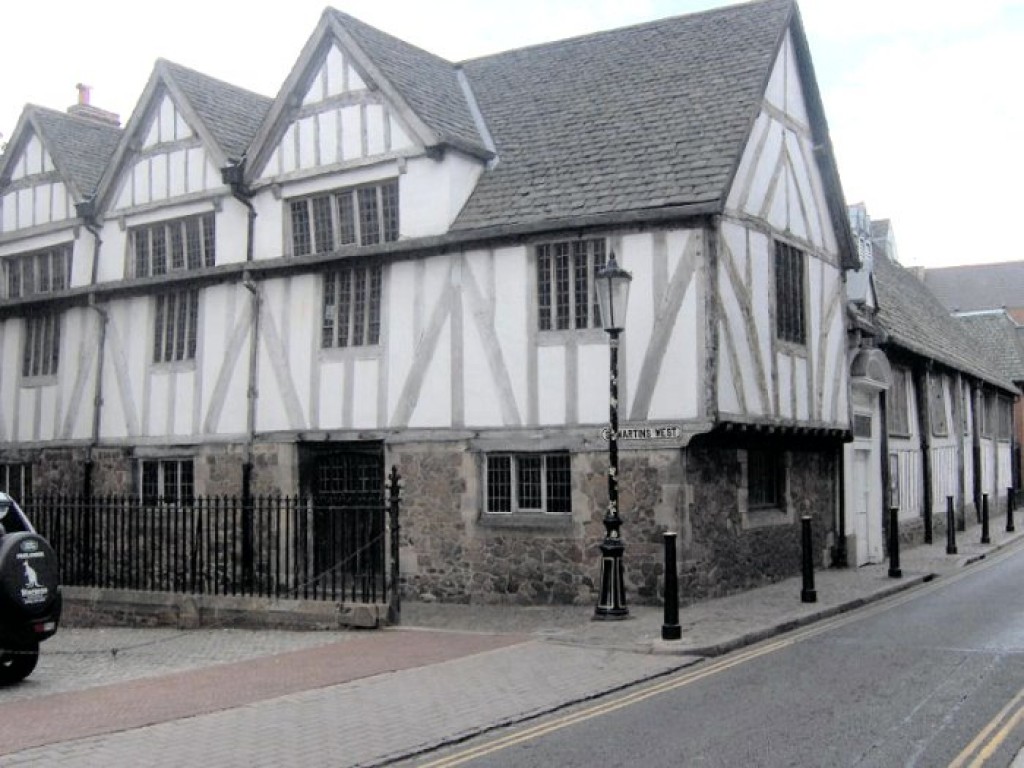
And while this isn’t a place to see it is an event you very much might enjoy:
The Largest Diwali Celebration outside India
Indians account for around 28% of the population of Leicester
